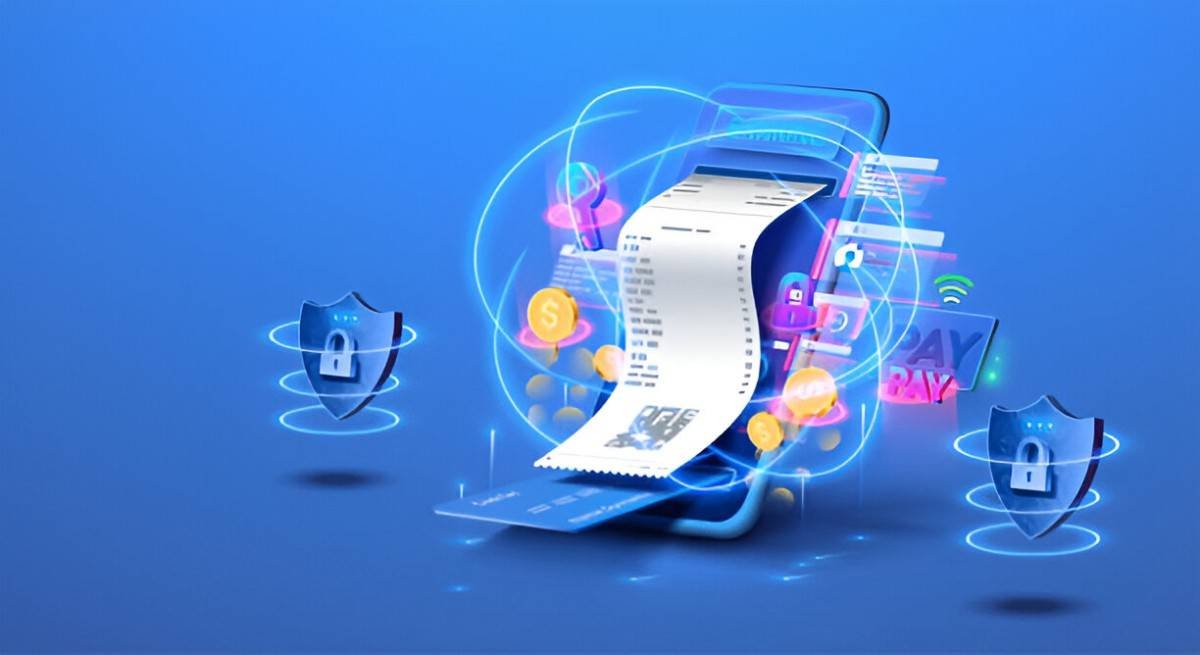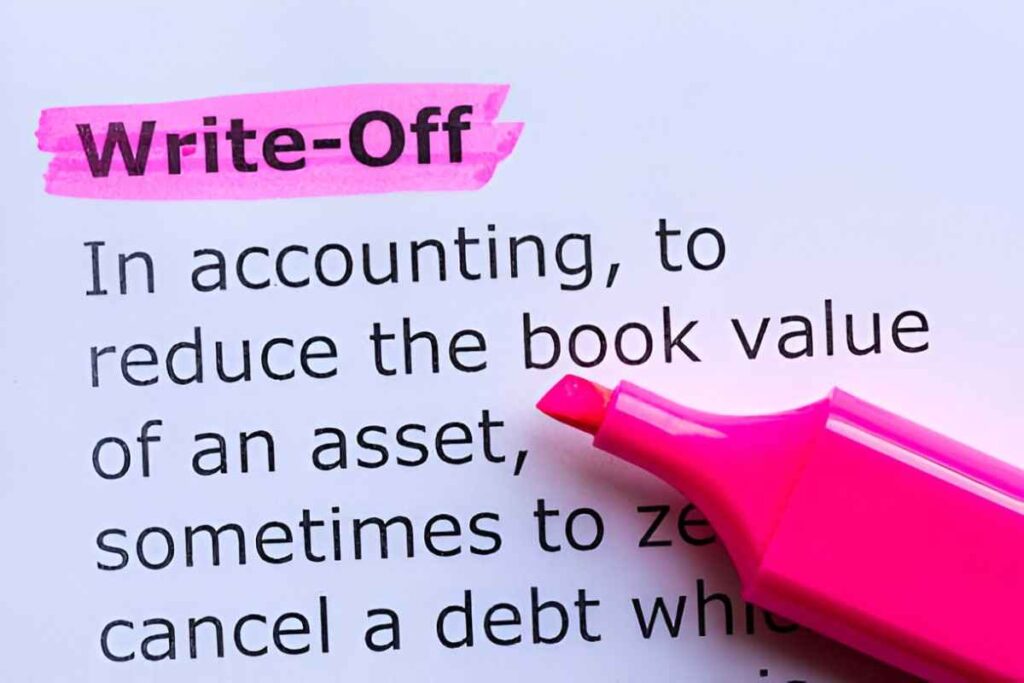Introduction
In financial transactions, vouchers play a critical role in documenting and verifying monetary movements. These records ensure accuracy in bookkeeping and compliance with regulatory requirements. Understanding vouchers, their types, and their functions is essential for businesses and individuals who want to maintain a structured accounting system. In this article, I will break down the concept of vouchers, explain their significance, and provide examples to illustrate their practical applications.
Table of Contents
What Is a Voucher in Accounting?
A voucher is a written document that serves as proof of a business transaction. It contains details such as the date, amount, description, and authorization signatures. In essence, it acts as a supporting document for journal entries recorded in the accounting system. Businesses use vouchers to track expenses, purchases, and other financial activities.
Key Elements of a Voucher
- Date – The date when the transaction occurs.
- Voucher Number – A unique identifier for tracking purposes.
- Details of the Transaction – Includes the names of parties involved, the amount, and the purpose of the transaction.
- Approval Signature(s) – Authorization from a responsible party.
- Supporting Documents – Receipts, invoices, or other proof of the transaction.
Types of Vouchers
Vouchers are categorized based on the nature of the transaction they support. The two main types are cash vouchers and non-cash vouchers.
1. Cash Vouchers
Cash vouchers are used for transactions involving cash payments or receipts. They help businesses control cash flow and maintain transparency.
Types of Cash Vouchers
| Type | Purpose |
|---|---|
| Debit Voucher | Records cash payments made by the business. |
| Credit Voucher | Records cash receipts received by the business. |
2. Non-Cash Vouchers
Non-cash vouchers are used for credit transactions where no immediate cash exchange occurs. These transactions include purchases on credit, journal entries, and adjustments.
Types of Non-Cash Vouchers
| Type | Purpose |
|---|---|
| Journal Voucher | Records non-cash transactions, such as depreciation entries. |
| Transfer Voucher | Documents internal fund transfers. |
How Vouchers Work in Financial Transactions
To understand the working mechanism of vouchers, let’s consider an example. Suppose a company purchases office supplies worth $500 on credit. The transaction is recorded as follows:
Step 1: Creation of a Voucher
The accountant prepares a journal voucher, including details such as:
- Date: March 1, 2025
- Vendor: Office Essentials Inc.
- Amount: $500
- Account Debited: Office Supplies
- Account Credited: Accounts Payable
- Approved by: Finance Manager
Step 2: Entry in Accounting Books
This ensures that the accounting equation remains balanced:
\text{Assets} = \text{Liabilities} + \text{Equity}Step 3: Approval and Filing
The voucher is signed by an authorized person and filed for future reference, ensuring compliance with audit requirements.
Why Vouchers Are Important
Vouchers provide an audit trail, enhance financial accuracy, and help businesses prevent fraud. Here’s why they are indispensable:
- Audit Compliance – Vouchers support financial statements, making audits smoother.
- Error Prevention – They reduce misstatements in accounting records.
- Internal Control – Vouchers help track financial activities, ensuring accountability.
Comparison: Manual vs. Digital Vouchers
Many businesses still rely on manual vouchers, while others have transitioned to digital voucher systems. Below is a comparison:
| Feature | Manual Vouchers | Digital Vouchers |
|---|---|---|
| Storage | Physical files | Cloud-based or server storage |
| Accessibility | Limited to office premises | Accessible from anywhere |
| Security | Prone to loss or damage | Secure with encryption |
| Efficiency | Time-consuming | Automated and fast |
Common Mistakes in Voucher Management
Errors in voucher management can lead to financial discrepancies. Here are some common mistakes:
- Missing Approvals – Transactions should be authorized before processing.
- Incorrect Amounts – Any miscalculation affects financial accuracy.
- Lost Vouchers – Proper filing and digital backups prevent data loss.
- Duplicate Entries – Repeating a transaction distorts financial records.
Case Study: Voucher System in a Retail Business
A retail store implemented a digital voucher system to track supplier payments. Before the transition, the company faced challenges such as misplaced receipts and unauthorized transactions. After digitizing vouchers, the store improved its financial control, reducing errors by 35%.
Calculation Example
If the store’s annual financial errors previously amounted to $10,000, the reduction in errors would be:
10,000 \times 0.35 = 3,500This means the store saved $3,500 annually due to improved voucher management.
Best Practices for Effective Voucher Management
- Use a Numbering System – Assign unique IDs to each voucher.
- Regular Reconciliation – Match vouchers with ledger accounts.
- Digitization – Consider automated systems for efficiency.
- Employee Training – Ensure staff understands voucher handling procedures.
Conclusion
Vouchers are essential in financial transactions, ensuring accuracy and compliance. Whether in cash or non-cash transactions, they provide a structured approach to accounting. By implementing best practices and leveraging digital solutions, businesses can enhance efficiency, reduce errors, and strengthen financial controls.





